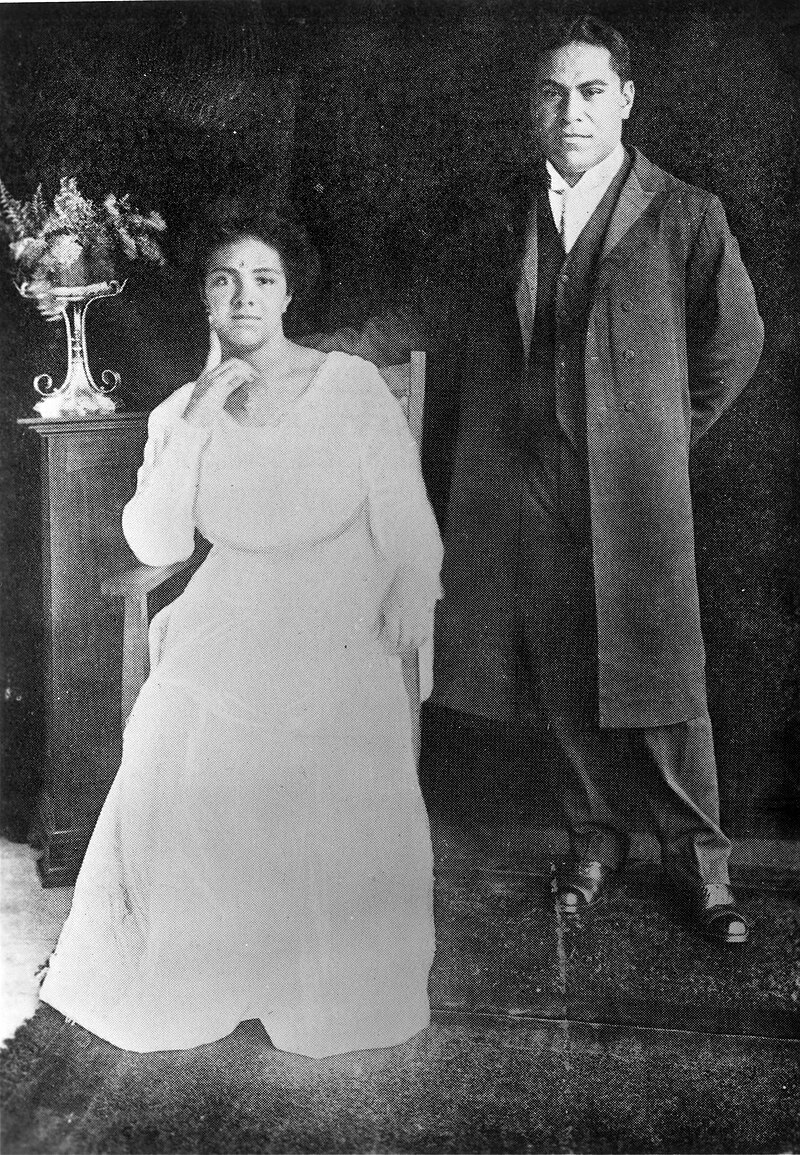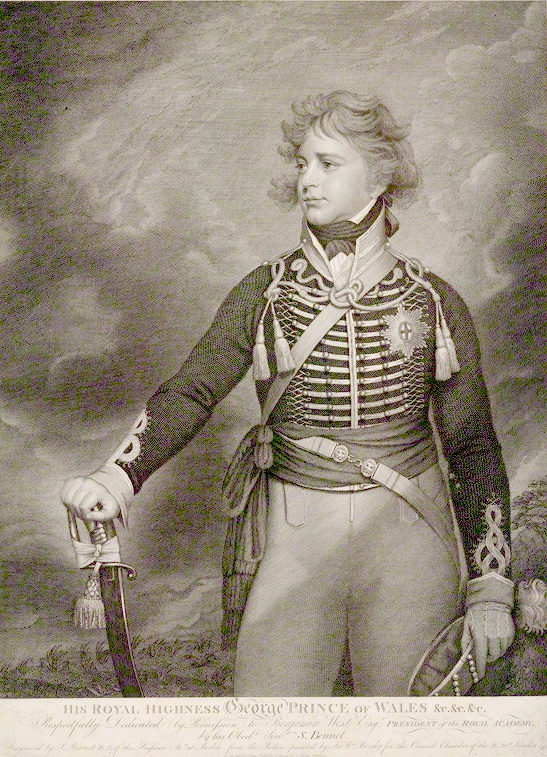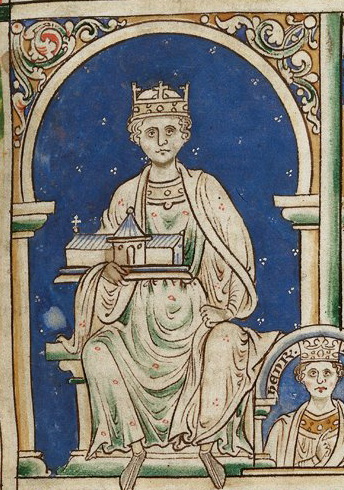by Susan Flantzer © Unofficial Royalty 2020
Kuwait is located in western Asia on the northern edge of Eastern Arabia at the tip of the Persian Gulf. It shares borders with Iraq and Saudi Arabia. Originally a sheikhdom ruled by local sheikhs, Kuwait became a British Protectorate in 1899. The sheikhs still had power during the British Protectorate. Kuwait was granted independence in 1961 and Sheikh Abdullah Al-Salim Al-Sabah, 11th Ruler of Kuwait became the first Emir of Kuwait. The rulers of Kuwait belong to the House of Al-Sabah.
The Emir of Kuwait is nominated by a family council headed by prominent members of the family. The Crown Prince of Kuwait is also nominated by the family council and must be a senior member of the House of Al-Sabah. Both the Emir and the Crown Prince must be approved by the Kuwaiti parliament.

Mishal Al-Ahmad Al-Jaber Al-Sabah, Emir of Kuwait; Credit – Wikipedia
Mishal Al-Ahmad Al-Jaber Al-Sabah, Emir of Kuwait was born on September 27, 1940 in Kuwait. He is the son of Ahmad Al-Jaber Al-Sabah, 10th Ruler of Kuwait from 1944 – 1950, and Maryam Marit Al-Huwaila. Mishal’s father had ten wives and 24 children.
Mishal has two full sisters: Sheikha Mashael Al-Ahmad Al-Sabah and Sheikha Amthal Al-Ahmad Al-Sabah. His prominent half-siblings include:
- Sheikh Mohammed Al-Ahmad Al-Jaber Al-Sabah (1909–1975), was the first Minister of Defense
- Sabah IV Al-Ahmad Al-Jaber Al-Sabah, 15th Ruler and 5th Emir of Kuwait (1929 – 2020)
- Nawaf Al-Ahmad Al-Jaber Al-Sabah, 16th Ruler and 6th Emir of Kuwait (born 1937)
- Sheika Frayha Al-Ahmed Al-Jaber Al-Sabah (1944 – 2018), a philanthropist
- Sheikh Fahad Al-Ahmed Al-Jaber Al-Sabah (1945- 1990), commando officer in the Kuwait Armed Forces, killed at the Battle of Dasman Palace during the invasion of Kuwait by Iraq
Mishal grew up at Dasman Palace in Kuwait City with the sons and grandsons of his father. He was educated at the Al Mubarakiyya School which was established in 1911 as one of Kuwait’s first modern educational institutions. Afterward, he attended the Kuwait Police College in Kuwait City, Kuwait, and then the Hendon Police College in London, England, the principal training center for London’s Metropolitan Police Service, graduating in 1960.
Mishal married twice and has twelve children, five sons and seven daughters:
Wife 1: Sheikha Nuria bint Sabah Al-Salim Al-Sabah, daughter of Sabah Al-Salim Al-Sabah, 12th Ruler of Kuwait and 2nd Emir of the State of Kuwait and Munira Fahd Al-Adwani, had six daughters and one son:
- Sheikha Mahasi bint Mishal Al-Sabah
- Sheikha Makarem bint Mishal Al-Sabah
- Sheikha Fiten bint Mishal Al-Sabah
- Sheikha Shekha bint Mishal Al-Sabah
- Sheikha Hala bint Mishal Al-Sabah
- Sheikha Nouf bint Mishal Al-Sabah
- Sheikh Ahmed bin Mishal Al-Sabah
Wife 2: Munira Badah Al-Mutairi, had four sons and one daughter:
- Sheikh Talal bin Mishal Al-Sabah
- Sheikha Bibi bint Mishal Al-Sabah
- Sheikh Fahd bin Mishal Al-Sabah
- Sheikh Jaber bin Mishal Al-Sabah
- Sheikh Ali bin Mishal Al-Sabah
Throughout his governmental career, Mishal had stayed out of the political scene and away from disputes within the royal family. He held the following government positions:
- Head of State Security (1967 – 1980)
- Ministry of Interior (1980 – 2004)
- Deputy Chief of the National Guard with the rank of Minister (2004 – 2020)
Embed from Getty Images
Kuwait’s National Assembly as Mishal takes the oath as Crown Prince
After the death of Sabah IV Al-Ahmad Al-Jaber Al-Sabah, 15th Ruler and 5th Emir of Kuwait on September 29, 2020, his successor Nawaf Al-Ahmad Al-Jaber Al-Sabah, 16th Ruler and 6th Emir of Kuwait nominated his half-brother Mishal as Crown Prince of Kuwait on October 7, 2020. The next day, Kuwait’s National Assembly unanimously approved Mishal as the Crown Prince. He then took the constitutional oath of office and pledged his commitment to democracy and peace. Mishal was 80-years-old and the oldest Crown Prince in the world at that time.
Upon the death of his half-brother Nawaf Al-Ahmad Al-Jaber Al-Sabah, 16th Ruler and 6th Emir of Kuwait on November 16, 2023, Mishal succeeded as Emir of Kuwait.
This article is the intellectual property of Unofficial Royalty and is NOT TO BE COPIED, EDITED, OR POSTED IN ANY FORM ON ANOTHER WEBSITE under any circumstances. It is permissible to use a link that directs to Unofficial Royalty
Works Cited
- Ar.wikipedia.org. 2020. مشعل الأحمد الجابر الصباح. [online] Available at: <https://ar.wikipedia.org/wiki/%D9%85%D8%B4%D8%B9%D9%84_%D8%A7%D9%84%D8%A3%D8%AD%D9%85%D8%AF_%D8%A7%D9%84%D8%AC%D8%A7%D8%A8%D8%B1_%D8%A7%D9%84%D8%B5%D8%A8%D8%A7%D8%AD> [Accessed 11 October 2020].
- En.wikipedia.org. 2020. Mishal Al-Ahmad Al-Jaber Al-Sabah. [online] Available at: <https://en.wikipedia.org/wiki/Mishal_Al-Ahmad_Al-Jaber_Al-Sabah> [Accessed 11 October 2020].
- Royalark.net. 2020. Genealogy Of Kuwait – Al-Sabah Dynasty. [online] Available at: <https://www.royalark.net/Kuwait/kuwait14.htm> [Accessed 11 October 2020].






























